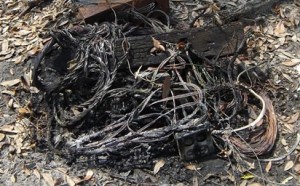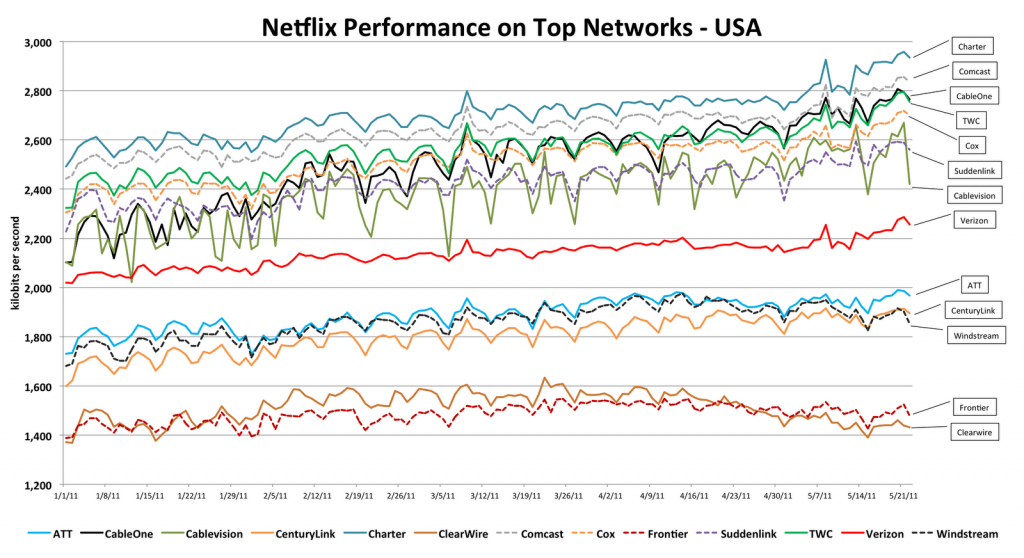Connect Ohio, one of the many state chapters working with telecommunications industry-backed Connected Nation, has released its 2011 Technology Assessment about how the state is adopting broadband technology.
Despite celebrating improvements, large parts of rural Ohio still do not receive any kind of broadband service, especially from the state’s dominant provider AT&T, one of the companies that has traditionally backed Connected Nation.
The friendly relations these broadband groups maintain with their sponsors results in reports that strenuously avoid any direct criticism of providers for ignoring rural Ohio, particularly in the southeastern part of the state where broadband is especially difficult to obtain.
Connect Ohio’s findings, mostly provided by voluntary data from Internet Service Providers and respondents to various surveys, downplays rural Ohio’s broadband drought:
Statewide, 5% of Ohio residents report that broadband is not available where they live, 85% say with certainty that broadband is available, and 10% do not know whether broadband service is available. By comparison, Connect Ohio’s provider-validated Broadband Service Inventory found that 1.7% of households do not have terrestrial fixed broadband service access.
The disparity in Connect Ohio’s numbers is especially apparent in rural Meigs County, located in southeastern Ohio.
“Geographically speaking, nearly two-thirds of Meigs County does not have easy access to affordable broadband,” Meigs County Economic Development Director Perry Varnadoe told The Daily Sentinel. “In terms of infrastructure, access to broadband is just as important as water and sewer service to businesses.”
Varnadoe thinks the few major providers that do offer service in the county are basically done expanding their service areas, and Varnadoe believes broadband adoption has reached a ceiling in Meigs County.
With much of the county bypassed for DSL or cable modem service, the only exception to this is fixed wireless service from New Era Broadband. Unfortunately, it’s a costly alternative to traditional DSL.
New Era delivers up to 1.5Mbps service for $60 a month with a $200 installation fee and a two-year service agreement, and provides service in the vicinity of the community of Racine.
The company is still waiting on a $2.9 million grant to expand service to an additional 3,000 residents, mostly in the area of Five Points, which only has access to dial-up Internet.
Only about half the residents of Belmont, Jefferson, Monroe and Harrison counties have broadband connections at home, the study also found. The Intelligencer/Wheeling News-Register placed most of the blame for that on residents not being particularly interested in the Internet, but service and cost are likely more important factors, as cable and DSL service is also spotty in those counties as well. If there is a computer in the home, there is a demand for broadband service, especially in households where children find Internet access increasingly important to complete study work.
For most residents, it has become a waiting game to see who will deliver access, if anyone will. In most of Ohio, customers look to the phone or cable company for access. Rural Ohio lacks good cable broadband coverage, and DSL from the phone company first requires an interest in providing the service, and AT&T has not proven to be aggressive in rural communities in the state.
In fact, the phone company has been seeking approval to discontinue providing rural landline service at a time and date of its choosing. If the landline goes, the chance for wired DSL goes with it.


 Subscribe
Subscribe





